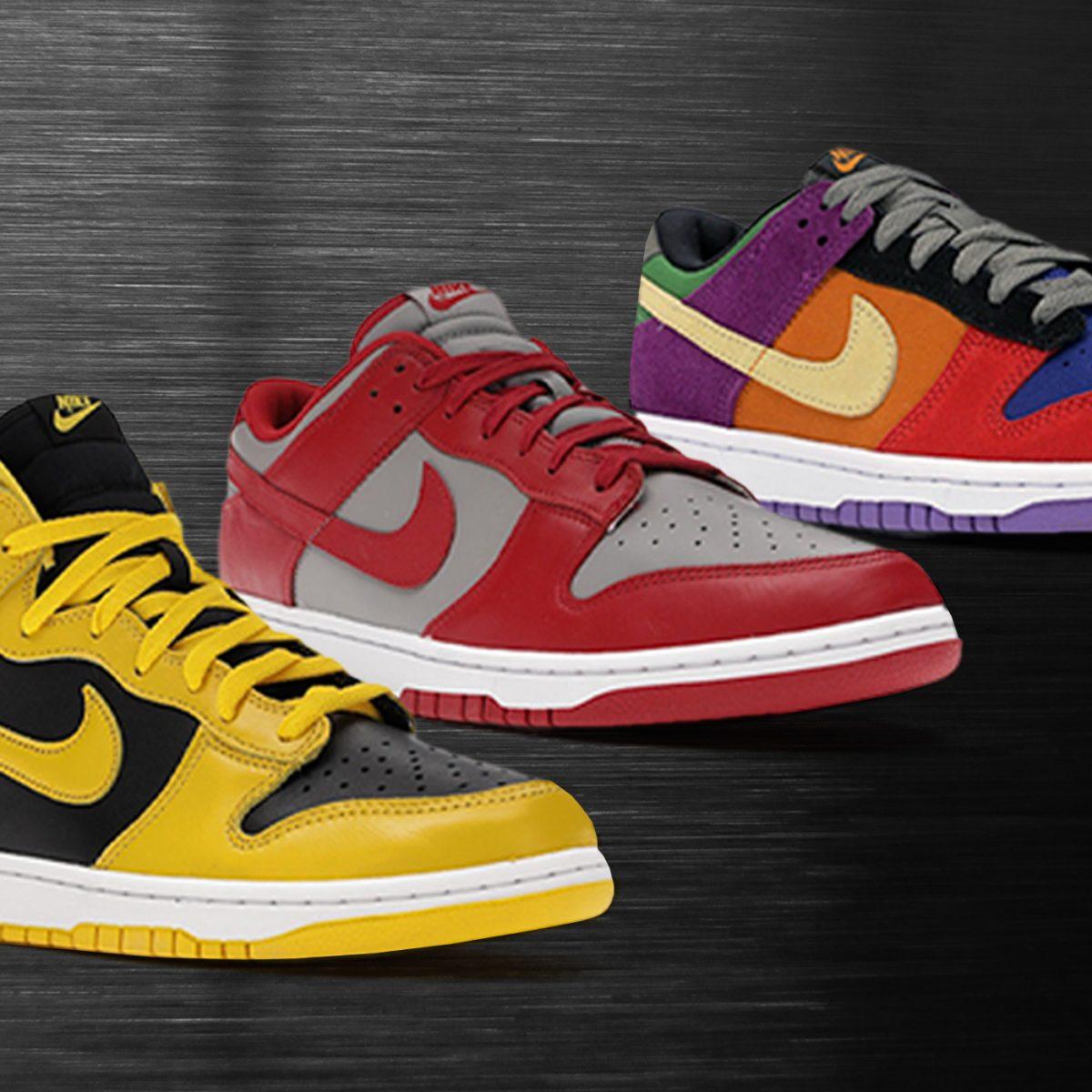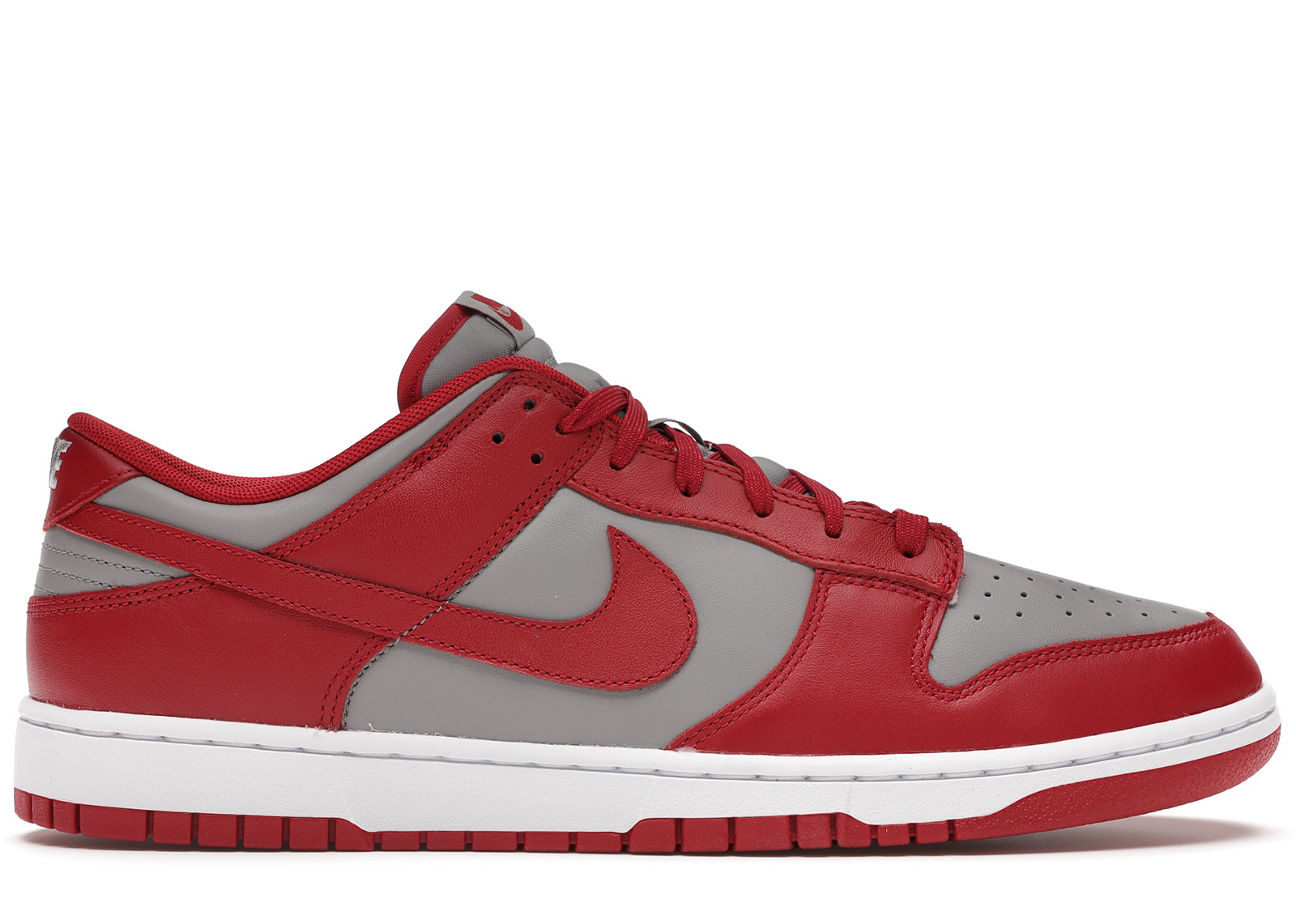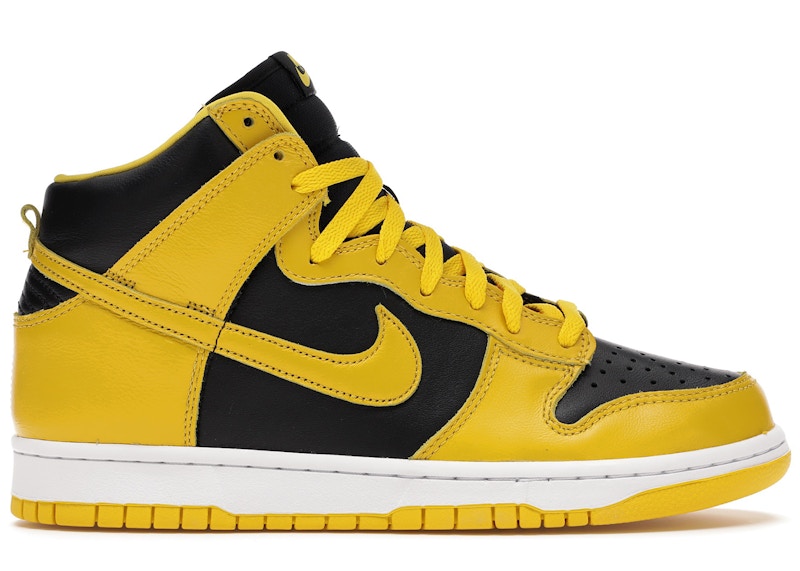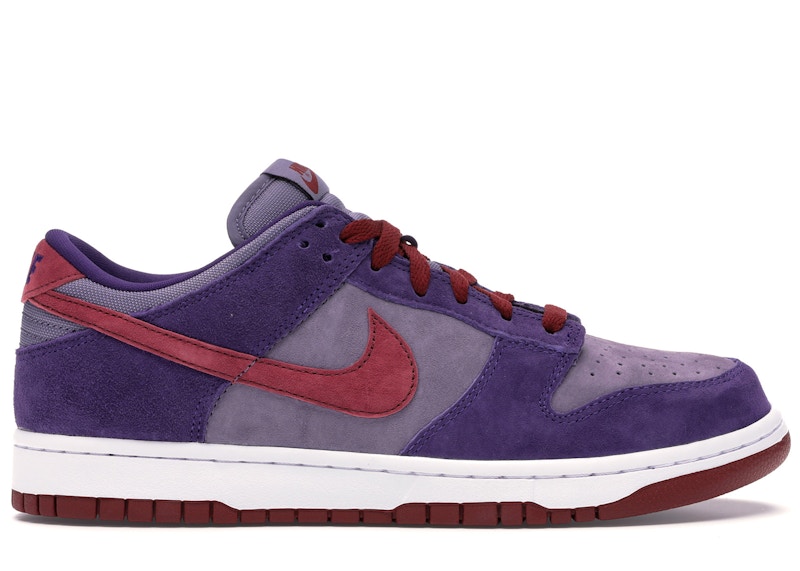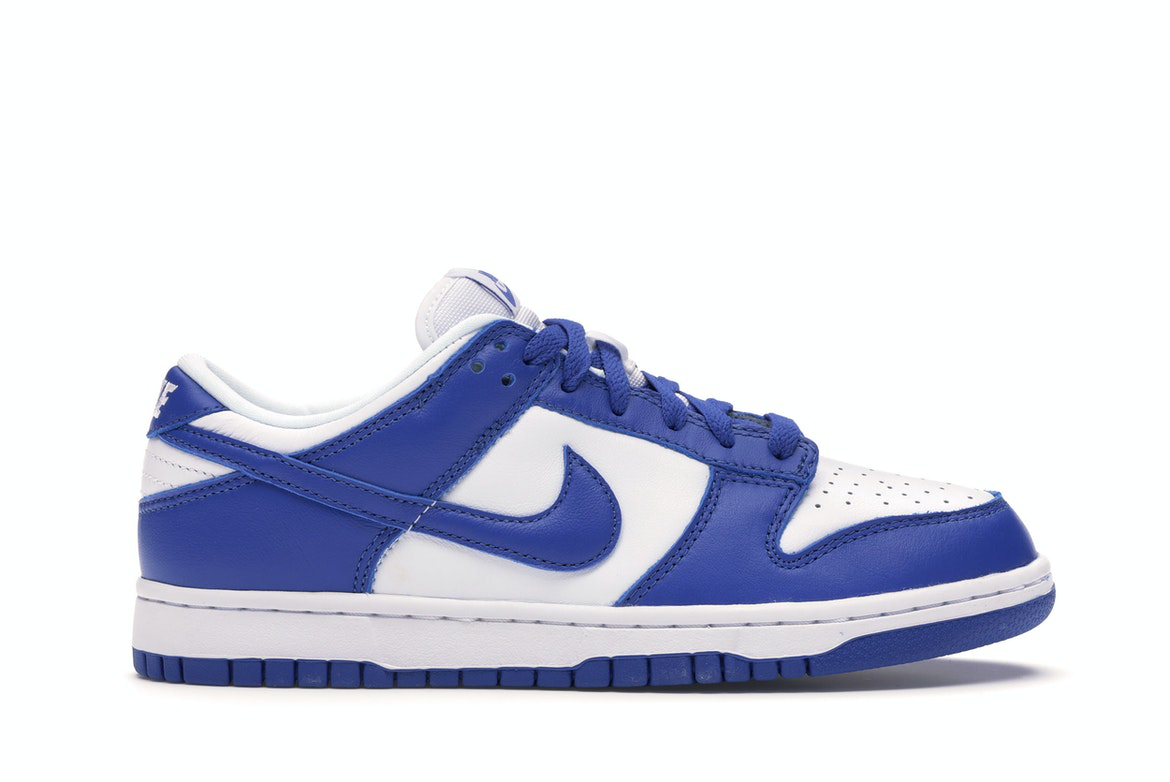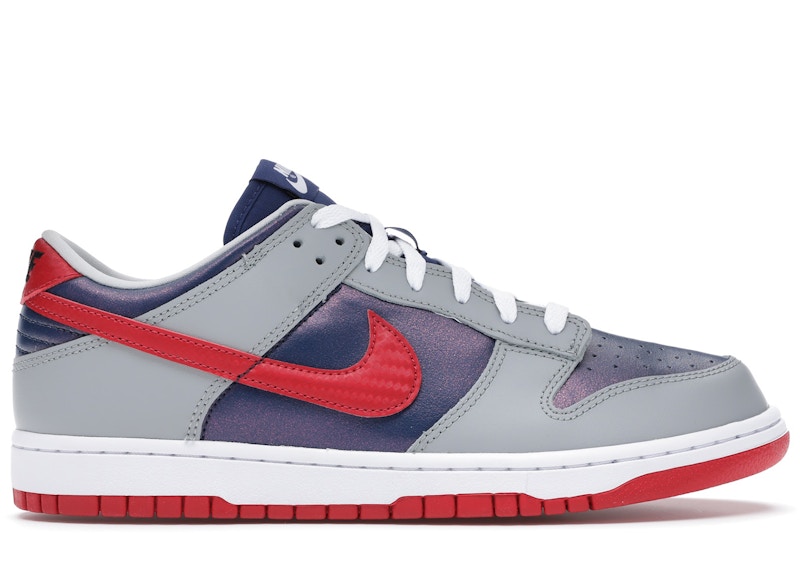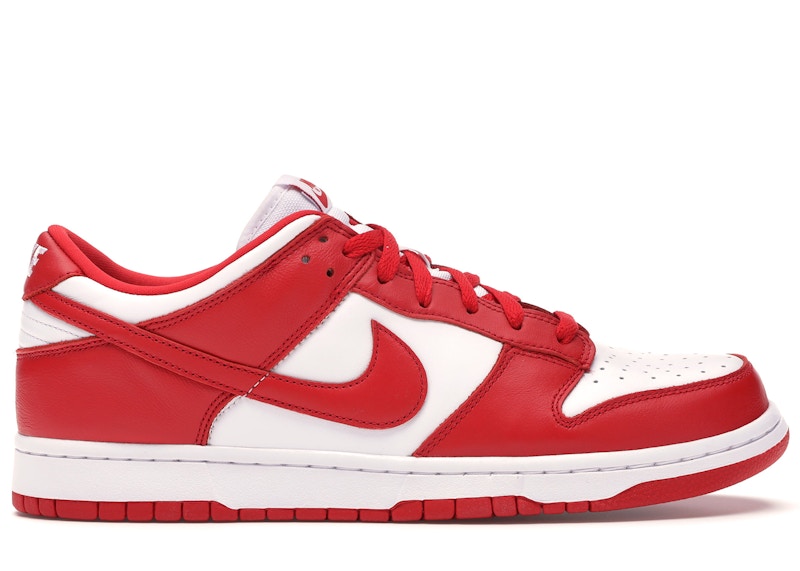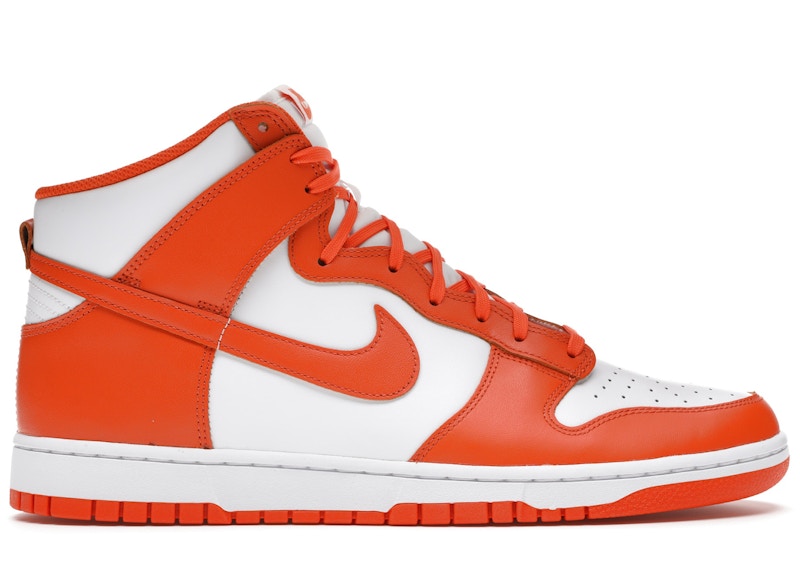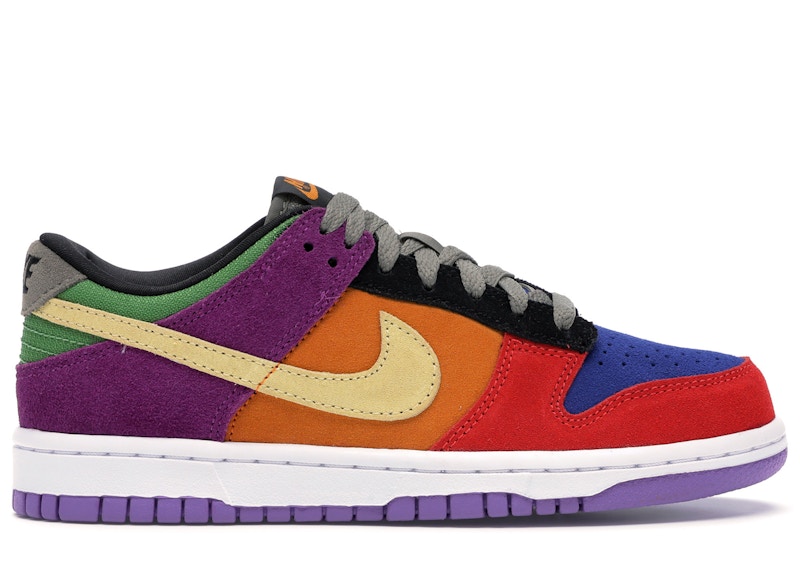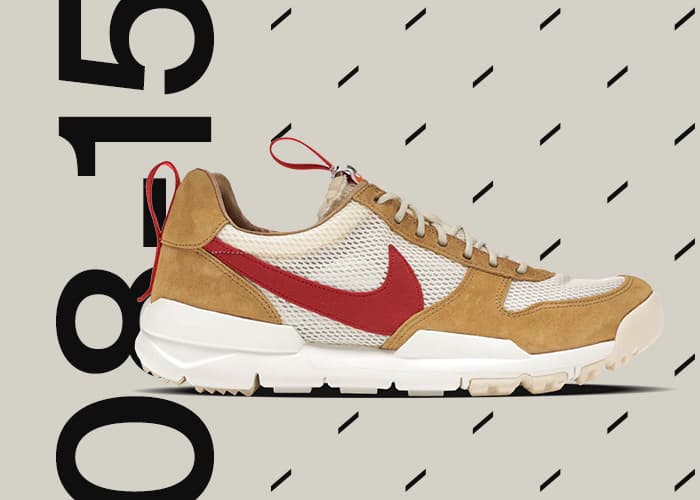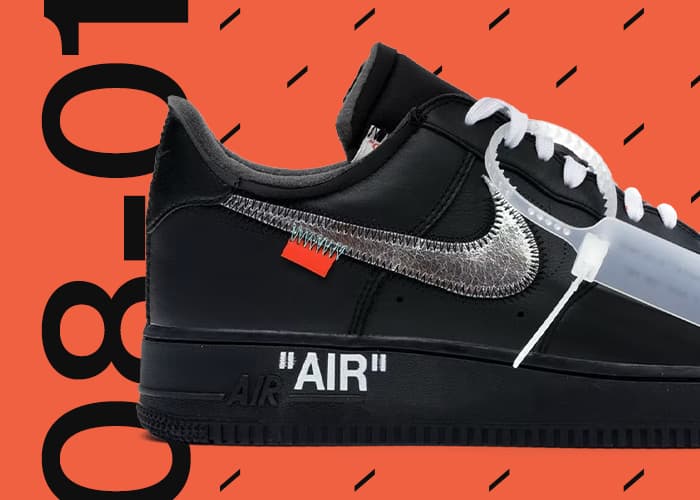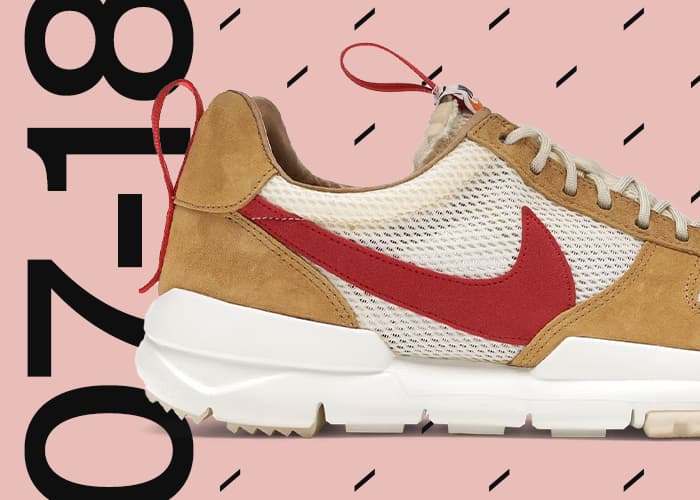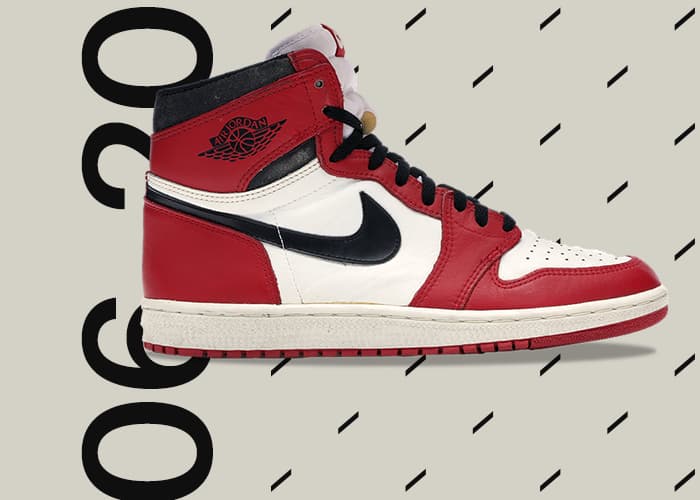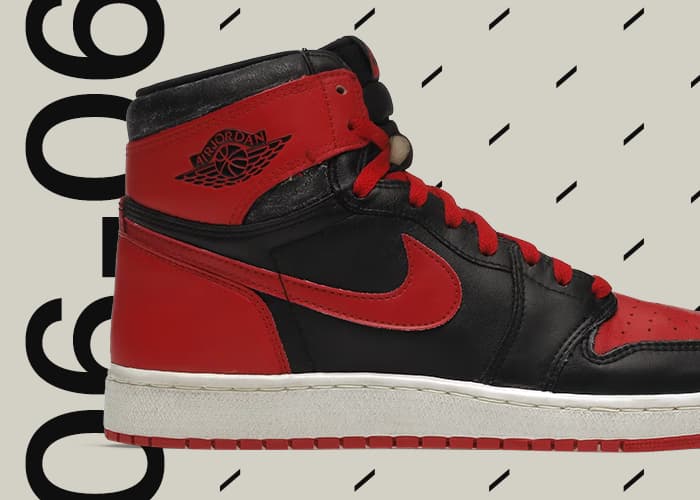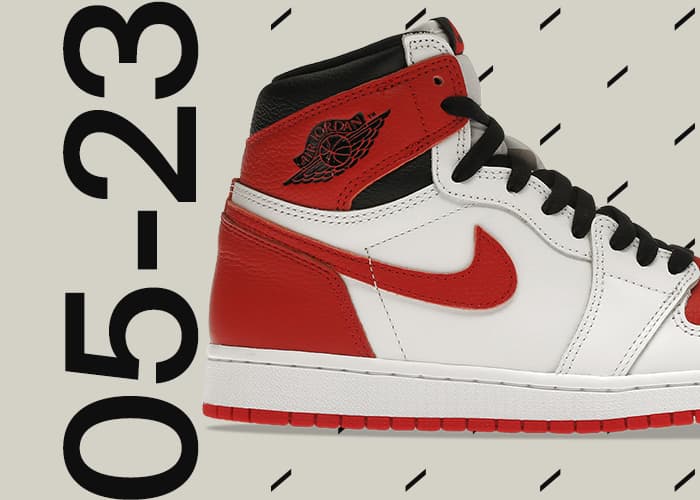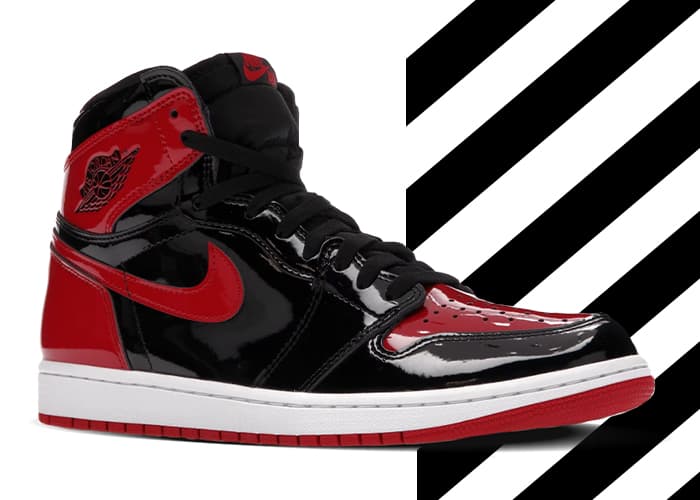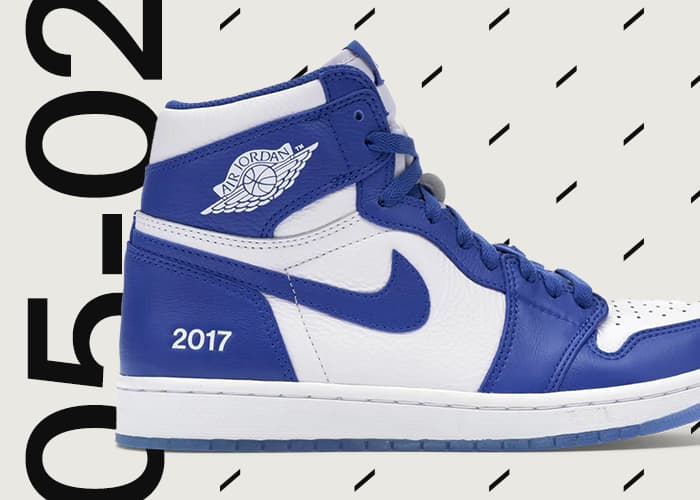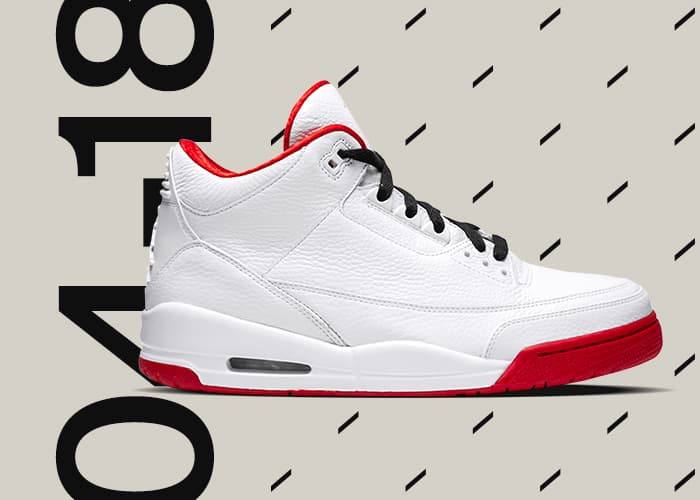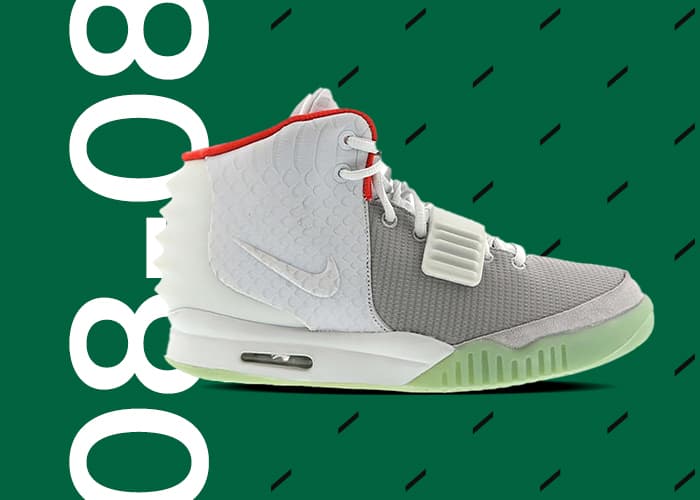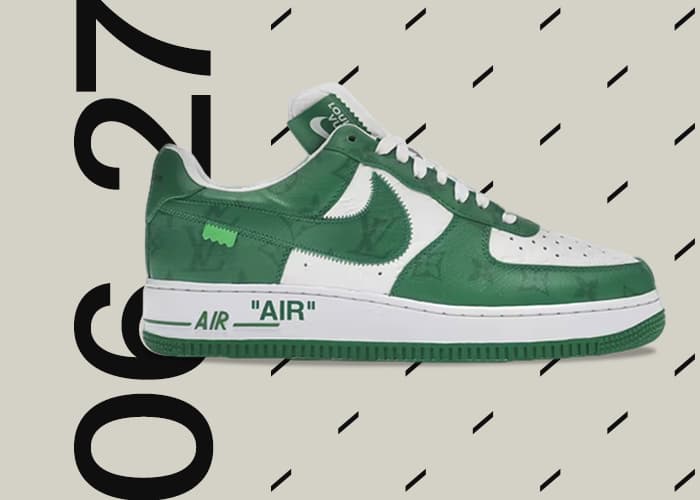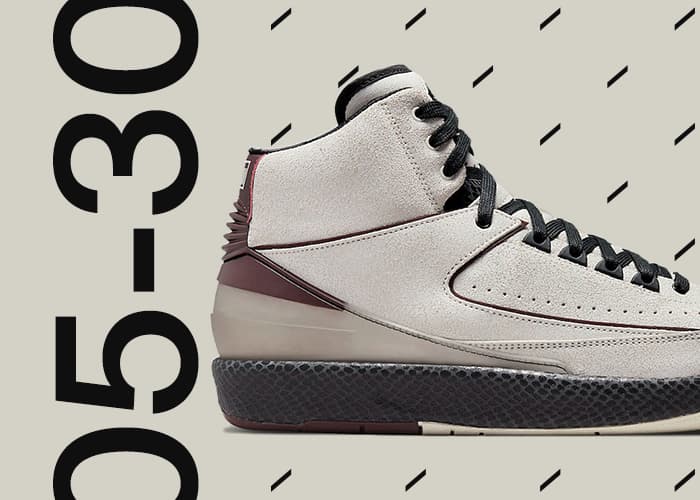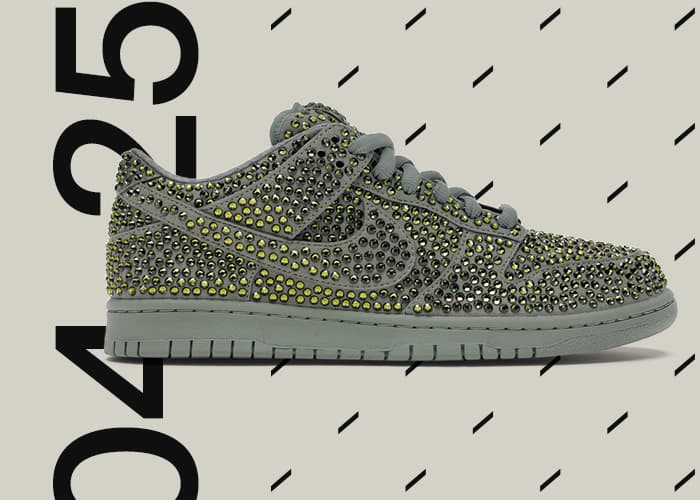Last year, a pair of Nike Dunks sold for $50,000. The casual shopper might see a statistic like this and laugh in disbelief, but it’s true. The Nike SB Dunk Low Paris was limited to 200 pairs upon production, each pair unique featuring original artwork from French painter Bernard Buffet. It sold last year for as much as a Mercedes Benz because that was its market price. Anyone who has been following the Paris Dunks would not be surprised by this number, its market price has steadily climbed over the last 19 years. It wasn’t valued that high because of how comfortable or stylish it was, rather, it is better to think of this sneaker more as a piece of fine art. That is just one of the many forms the Dunk has taken over time.
The Dunk itself has lived many lives. It is a street staple, skate shoe, collectible, and, in the case of the Paris Dunks, art. With such a robust history and dominant presence in the current culture, it’s important to know why Nike Dunks have become one of the most popular silhouettes on the market. To inform those who are just starting their journey into the land of Dunks, we put together a comprehensive buyer’s guide to assist with that next purchase. Here is everything you need to know about Nike Dunks.
History

Image by Villanova Basketball
The origin of the Nike Dunk dates back to the early 1980s when college basketball began to attract mainstream appeal. According to Nike’s latest docuseries titled The Story of Dunk, Nike got the idea to create the Dunk when sales reps attended the 1985 NCAA Final Four. All four college teams competing for the NCAA Championship that year were sponsored by Nike, which was monumental, considering Nike was still a fledgling player in the basketball market. While the Swoosh logo was front and center on the biggest stage in college basketball, the shoes themselves did not match the spirit and charisma of their surrounding environment, an arena filled with fans dressed head-to-toe in their school colors and showing off their school pride. To capture this energy, Nike developed a design with bold colorways that would not only match uniforms on the court but also suit fans in the stands.
The design Nike ended up with was a mash-up of three of their most popular basketball shoes at the time: the Legend, the Terminator, and the Air Jordan 1. Unlike the primarily white and simplistic basketball shoes of the 70s and early 80s, this was one of the first shoes to color block, with panels of the shoe’s upper saturated by signature colors to represent a given school. Nike almost named their newest school-spirited basketball shoe the College Color High, but instead, they chose to name it after the most exciting shot in basketball: the Dunk.
Nike Dunk Colorways

The Nike Dunk originally released in the fall of 1985 as part of the “Be True To Your School” (BTTYS) campaign. Also known as the “College Colors Program”, the BTTYS campaign aligned colorways of the latest Nike Basketball shoes with twelve of the most prestigious basketball programs in the country. Of the twelve, only seven schools received Dunk colorways tributed to their colors: Iowa, Michigan, UNLV, Villanova, St. Johns, Kentucky, and Syracuse. Each colorway arrived in both high-top and low-top silhouettes to accommodate various styles of play. The Dunk ushered in a new era of design: one that not only focuses on innovation and construction but also storytelling through color.

In 1999, Dunk colorways reached another level when Nike partnered with select Japanese influencers to revive the Dunk after a ten-year hiatus. This collaboration would include sets of vibrant, regionally exclusive Dunk colorways under the moniker Nike Concept Japan, or Nike CO.JP. Nike CO.JP sparked a new interest in Dunks as collectibles since they were extremely limited and not easily attainable, especially in Nike’s main market of the U.S. Colorways like the 2002 Nike Dunk Low Viotech CO.JP broke any pre-existing rules for color blocking, pairing unlikely colors together to create a uniquely balanced design. The impact of Nike CO.JP is still very much felt today. Many colorways from the early 2000s have seen re-issues in the past few years and are among some of the most popular colorways on StockX.
Aside from the collectibility appeal, Nike Dunks surged in popularity after their decade-long absence in the 90s primarily because of skateboarders. The flat sole and leather upper of the Dunk provided a responsive, durable shoe for skating. After heavy adoption by skateboarders, Nike started working with select skateboarders to discover how they could improve the model. The result was a modified design and a bold, new approach to storytelling through colorway.
Nike Dunk vs. SB Dunk

The original Nike SB Dunk Low colorways.
From afar, Nike Dunks and SB Dunks look one and the same. They both feature a traditional paneled Dunk upper with a perforated vamp and a grooved outsole. But if you take a closer look, you will see that SB Dunks are specifically engineered for skateboarders. Hence the name Nike SB (Nike Skateboarding).
There are several key differences between normal Dunks and SB Dunks. First, SB Dunks feature a padded tongue with elastic straps running down to the arch on both lateral and medial sides. This not only prevents the tongue from getting crooked and uncomfortable during skating, but also allows wearers to loosen their laces for extra swag without worrying about their shoes falling off mid-ollie. Non-SB Dunks primarily feature un-padded, nylon tongues. With the few exceptions of Nike Dunk Pro B models in the early 2000s that had slightly stuffed mesh tongues, Dunks have sported nylon tongues since their debut in 1985.
Next, SB Dunks have more cushion in their insole thanks to a Zoom Air cushioning unit in the heel and spongy Poron foam in the forefoot. These design elements add comfort and responsiveness to the model to lessen any impact when skating. Also, the top fabrication of the SB Dunk insole is composed of a terry material to keep dampness caused by sweat to a minimum. Normal Dunks typically have a basic foam insole, which is perfectly fine for casual wear, just not as responsive as SBs.
Lastly, the sole on Nike SB Dunks released after 2010 is slightly modified to improve board grip and pivoting motions. The concentric curved pattern on the outsole features a higher frequency of grooves, adding flexibility. The midsole is injected with Phylon foam for extra cushioning, as opposed to normal Nike Dunks that have soles primarily made of EVA.
How Do Nike Dunks Fit Into Your Wardrobe

Image by Nike
When Nike Dunks first released, they were an innovative, performance basketball shoe made for the court, and then were later optimized for skating. These days, they are equally suited for casual wear. The wide variety of colorways that Dunks are available in allows buyers with all different tastes to find a pair that resonates with them. Whether it’s classic college-inspired Dunk Highs or the wild and colorful Dunk Lows, Nike Dunks are essential for many enthusiasts.
How Much Do Nike Dunks Cost?
At the retail level, Nike Dunks cost between $100 and $110 depending on which model you buy, with some collaborations demanding a fair bit more. But an easy checkout at the retail level is extremely rare in today’s Dunk market. Most releases are offered exclusively by raffle, and if they are sold on a first-come, first-serve basis, the odds of a one-minute sell-out are high. With demand overwhelming supply, Nike Dunks sell for well over their retail price on StockX.
In the last year, the average Nike Dunk has sold for around $290 – almost triple its retail. This is a resale feat that few silhouettes have been able to achieve collectively. Not even the popular, yet limited, Jordan 1 has touched premiums as high as the Nike Dunk (the average Jordan 1 goes for around 80% above retail). If we look within the Nike Dunk category, there is a significant difference between the resale value of Dunk High and Dunk Low models. The average Dunk Low resales at an 81% higher premium than the average Dunk High, selling at just under $320. This observation of price disparity between the Dunk Low and Dunk High extends beyond the realm of normal Dunks, and is even more prevalent in SB Dunks.

The chart above shows the average resale price for Nike Dunks and Nike SB Dunks in the last year. As you can see, the Dunk Low and SB Dunk Low silhouettes are the most valuable, with the SB Dunk Low boasting the highest average resale price ($560). When comparing SB Dunk Lows to Highs, the difference in premium almost makes the 81% gap between the Dunk Low and Dunk High look minor. On average, SB Dunk Lows sell at a premium that is 280% higher than SB Dunk Highs. This stark difference in price can be attributed to 2020’s release calendar, which was filled with hyped SB Dunk Low releases like the Chunky Dunky and Grateful Dead Bears, as well as historic sales of vintage Dunks like the Nike SB Dunk Low Paris.
Regardless of release frequency, our data implies that buyers are inclined to spend more money on Dunk Lows than Dunk Highs. Limited quantities, collaborations, and colorways play a major role in Dunk value, as they do in every category. But the purchasing behavior surrounding Dunk Lows has led to the Dunk High becoming a more accessible and affordable option for buyers looking to own a pair of Dunks.
The Real Value
Nike Dunks are foundational to sneaker culture not only because of innovative design or a celebrity cosign, but because their origins stem from the goal of connecting people. The colorways embrace self-expression, using color blocking as a method of storytelling. Over time, Dunks have extended beyond the realm of consumer goods, and are considered collectibles, even art, due to their valuable and rare nature. In the end, it is the fans who have given the Dunks their value. Nobody else.


